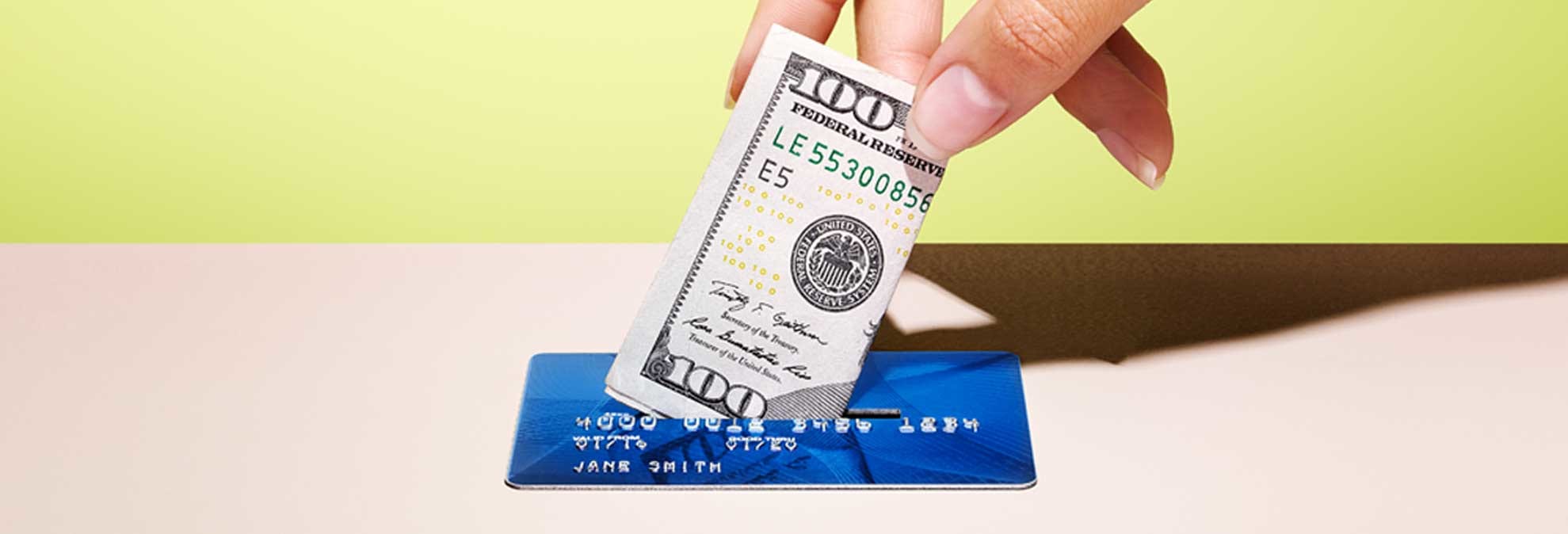
Prepaid Card Buying Guide
Prepaid cards, more formally known as “general purpose reloadable cards,” have rapidly gained a place in Americans’ wallets and have gotten better in recent years. They work similarly to bank debit cards except that there is no checking account associated with the card. Instead, money needs to be “loaded,” or added, onto the card before it can be used.
In 2016 the Consumer Financial Protection Bureau issued consumer protections for prepaid cards scheduled to go into effect in April 2019. But until then, the issuers of these cards are not required to offer consumers free access to account information, fee disclosures, and protection from loss and unauthorized transactions. The CFPB rule was due, in part, to the advocacy work of Consumer Reports, which has been lobbying for prepaid-card consumer protections for the past decade.
Many cards, however, do voluntarily provide such protections already. And they are all FDIC-insured up to $250,000 if the financial institution providing the card fails, the prepaid card is registered with the card issuer and if specific deposit insurance requirements are met.
Prepaid cards are growing in popularity. Americans charged $557 billion, accounting for 9 percent of all payment-card purchases made at merchants in 2016, the latest year for which information is available, according to The Nilson Report newsletter.
Key Factors to Consider
If you are thinking about getting a prepaid card, weigh your options before buying one. Here’s what to consider.
Do you need a prepaid card? If you don’t want to open a checking account, perhaps because of minimum-balance requirements or fees, a prepaid card can be used as an alternative.
It can also help you stay within budget. You could have one card, for example, just for buying gas, another to keep your coffee spending in check, and a third, perhaps, for holiday shopping.
And there are other smart uses for prepaid cards, including teaching teens and younger children how to manage money, and protecting seniors from scams. It can also be a better way to give money, instead of a gift card, because of its wider acceptance and better loss-liability protections.
Where should you buy a prepaid card? They are available in many stores or online. You’ll see cards with catchy but unfamiliar brand names as well as cards from traditional banks, including BB&T, Chase, and U.S. Bank. Our recommendation is to consider cards such as the American Express-Walmart Bluebird, Chase Liquid Visa, and Green Dot Prepaid Visa.
What are the fees, terms, and conditions? Look into this because they differ dramatically among providers. They can be difficult to compare because not all prepaid-card issuers use the same terms.
Another problem: Consumers may find it difficult to compare monthly fees among cards. While most cards provide at least one free way to load money onto a card, some may require the user to pay a third-party reload fee. But it can be difficult to know how often you’ll need to reload the card, especially before you begin using it.
Among the fees to compare if you’re considering a prepaid card:
• Purchase fees
• Monthly fees
• Point-of-sale transaction fees
• ATM cash-withdrawal fees
• Balance-inquiry fees
• Fees to receive a paper statement
• ATM transaction-decline fees
• Fees to add, or “load,” funds
• Dormancy fees for not using your card
• Fees to get your remaining funds back when closing the account
• Overdraft fees
How do you load money onto the prepaid card? It’s easy. Just give cash to a clerk at a participating retailer or bank, and it will be credited to your prepaid card. You can also arrange to have money automatically deposited by your employer through direct deposit services. Or you can use your mobile device to take a photo of a check and add it to your card.
Is it easy to make purchases using the prepaid card? The process is similar to using a debit card—you use it the same way in a store when making a purchase, and you can use it for online payments. Depending on the card you choose, it may offer other services, such as online bill pay, check writing (though this is not common), and free cash withdrawals at in-network ATMs. (Be sure to find out which ATMs are considered in-network.)















